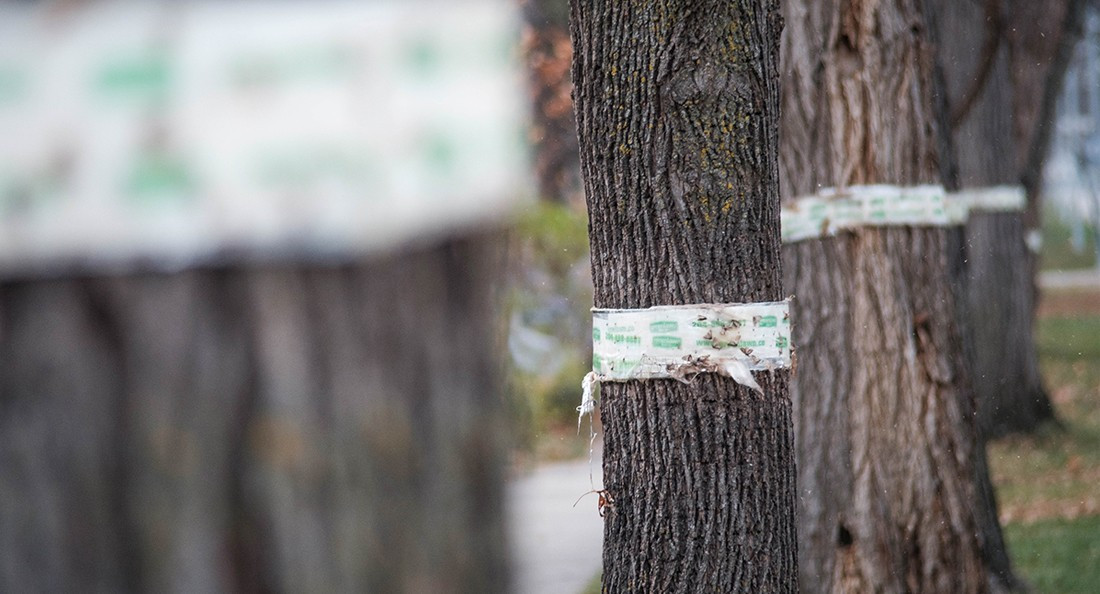Disease and low diversity puts trees at risk
History and future of Winnipeg’s urban canopy
Many residential streets in Winnipeg are lined with trees, but a lack of diversity in tree species puts this canopy at risk from threats like Dutch elm disease.
Mellanie Lawrenz has lived in Glenelm for 15 years. She says the elms lining residential streets were a major reason she moved to the area.
“Everyone in our neighbourhood is very passionate about our trees. We’re very invested in keeping our canopy,” Lawrenz says.
Despite this, she says she notices, with alarming frequency, mature and tall trees being taken down due to disease.
“Winnipeg has the largest population of American elms of any city in North America,” city forester Martha Barwinsky says. She says the city has approximately 230,000 American elms.
Dutch elm disease was first discovered in Winnipeg in 1975, and the city has been dealing with it in the subsequent decades since. Barwinsky says Winnipeg and Manitoba have been very proactive in dealing with the disease.
For instance, regulations regarding Dutch elm disease are part of a broader provincial legislation handling invasive pests implemented before the 1975 discovery of the Dutch elm beetle in Winnipeg.
Additionally, Barwinsky says many city governments do not offer to remove diseased trees from private property like Winnipeg does.
Barwinsky claims this contributed to Winnipeg having a large and intact elm population, while cities in eastern Canada and the northeastern United States with less comprehensive programs saw their elm populations decimated.
But the large elm stock also presents drawbacks.
“We also have very low diversity in our urban forest. So the majority of our urban forest is populated by elm and ash,” Barwinsky notes. She says a sound principle of urban forestry is a diversity of tree species, which the city is continuing to work on.
During early fall 2016, approximately 200 new trees were planted, including a mix of amur maple, hackberry and bur oak, to replace lost elms and diversify the urban canopy.
“We are also at a critical turning point in our Dutch elm disease management program, where we have a significant volume of trees that are diseased and have to be removed,” Barwinsky says. She estimates that over 8,000 trees will have to be removed by next year.
Barwinsky says a backlog of trees needing to be dealt with has been building over recent years. Historically, the urban forestry branch’s budget has allowed for the removal of 3,500 to 4,000 trees per year, but over the past five years, an average of 5,500 diseased elms have needed to be removed each year.
Fellow Glenelm residents have expressed concern and sorrow over poor tree health and removal, Lawrenz says.
“We have all come to associate our trees with that feeling of home,” she says
Published in Volume 72, Number 8 of The Uniter (November 2, 2017)







